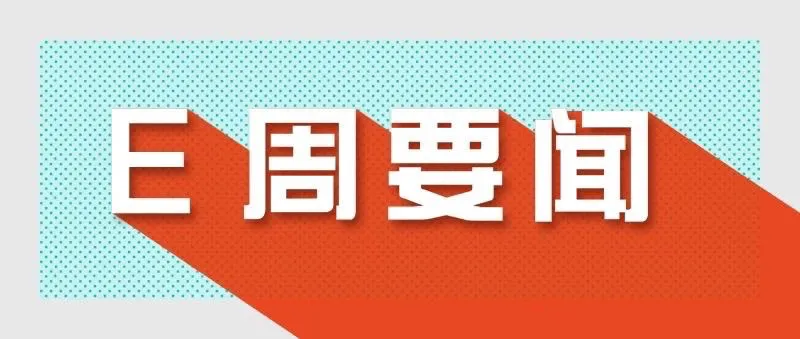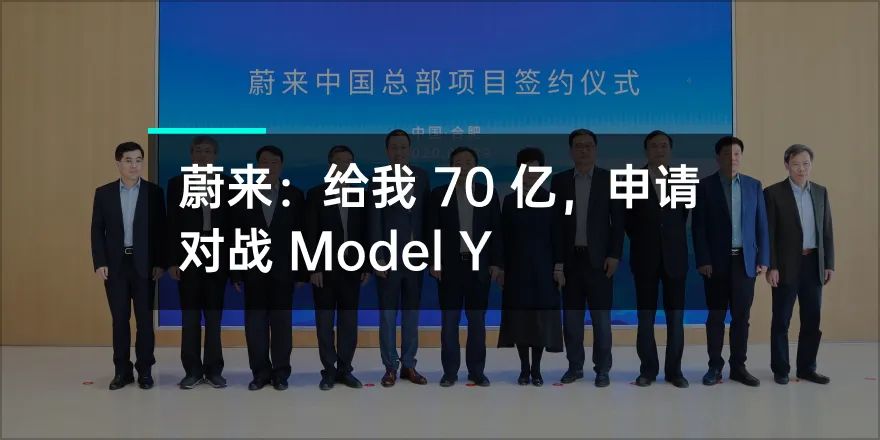Weekly Index
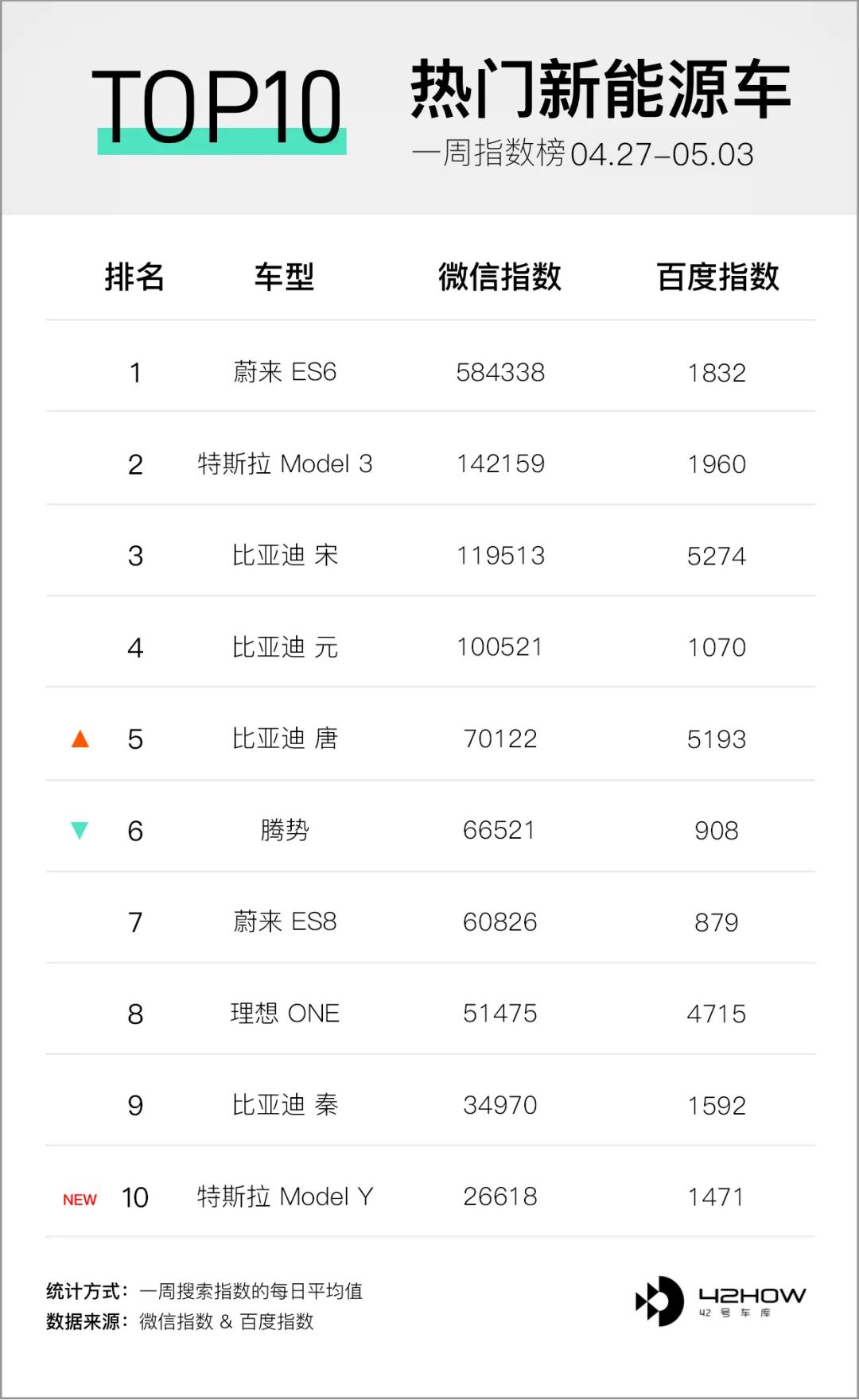
Weekly News
XPeng P7 after subsidies priced at RMB 229,900-349,900
On April 27th, He XPeng officially released the price of P7: RMB 229,900 – 349,900 through online live streaming. Among them, the most popular version of “super long battery life” + “XPILOT 3.0” sells for RMB 276,900, which is generally 60,000 yuan cheaper than the corresponding model of Tesla Model 3.
The main model “super long battery life” version is equipped with NEDC battery life of 656 kilometers, 80.9 kWh battery capacity, and 811 lithium-ion battery from CATL. The XPeng P7 XPILOT 3.0 autonomous driving hardware includes 10 cameras and 5 millimeter wave radars for 360-degree perception. It also uses high-precision maps of AutoNavi and centimeter-level high-precision positioning. Compared with Tesla, which only has 8 cameras and one millimeter wave radar for 360-degree perception, undoubtedly, XPeng P7 has surpassed Tesla Model 3 almost comprehensively in terms of perception hardware.

The “long battery life” and “super long battery life” versions are both equipped with 196 kW electric motors, accelerating from 0 to 100 kph in 6.7 seconds. This means that even the entry-level P7 can have the power to crush most gasoline vehicles. On the “all-wheel-drive high-performance” version, P7 uses a combination of two electric motors, 120 kW + 196 kW, achieving a maximum output power of 316 kW, which is equivalent to 430 horsepower, and bringing an accelerating time of 4.3 seconds from 0 to 100 kph.
Quick comment:
From the debut of XPeng P7, the official signal was to compete with Tesla. But from the release of the domestic long-battery life Model 3 price to the introduction of new subsidy policies, every major event seemed to put a huge boulder on XPeng’s shoulders. After the release of the price of XPeng P7 and the 24-hour live broadcast, the market of XPeng P7 seems to be thriving.## Translation
The XPeng P7 indeed covers many highlights of the Model 3, almost satisfying the appetite of all potential customers of the Model 3. However, making a car is not just a matter of hardware stacking. Brand and software are also increasingly important for smart electric cars. Fortunately, we can see the efforts of new forces in carmaking. But whether or not XPeng can achieve the beautiful description he gave at the launch event, we will also tell you after experiencing the XPeng P7.
Domestic Standard Range Model 3 Reduced by CNY 32,000
On May 1, Tesla reduced the price of the domestic Standard Range Upgrade Model 3 by CNY 32,000, with a subsidized price of CNY 271,550. Before the subsidy, the price dropped from CNY 323,800 to CNY 291,800, which can meet the 2020 subsidy policy, with a subsidy amount of CNY 20,250.
The price of the domestic Long Range Model 3 remains the same. The subsidized price of the Long Range version is now CNY 344,050. Before the subsidy policy on April 23, the price was CNY 339,050, an increase of only CNY 5,000 due to changes in the subsidy, without changing the pre-subsidy price.
However, this is still in the transitional period of the subsidy. After July 22, according to the current pricing of the Long Range Model 3, it will lose all subsidies. If Tesla does not take any measures, the price will be CNY 366,550.
Quick Comment:
Many people are looking forward to whether the price of Tesla Long Range will be reduced to within CNY 300,000 to qualify for the subsidy after July 22. But I think Tesla will not and there is no need to reduce the price significantly at the moment. The most likely scenario is that Tesla will resist the missing subsidy and keep the price of the Long Range version around CNY 340,000.
For Tesla’s established goal of delivering 500,000 vehicles, if sales are weak and do not meet expectations by the end of the year, it may launch a 1-2 year interest-free policy to promote sales. According to Tesla’s sales temperament, there will be no major price adjustments before the Long Range version is under an interest-free policy. Everyone can also guess the price adjustment of the Long Range rear-drive Model 3 after July 22.
NIO China Headquarters Formally Settled in Hefei Project Agreement Signed
Last week, NIO announced that the agreement of NIO China headquarters settled in Hefei project was officially signed. The following are several key points in the agreement:* NIO and Hefei Economic and Technological Development Area have reached an agreement for NIO China headquarters to settle in Hefei.
- Investors including Hefei Construction Investment Holding (Group) Co., Ltd., China International Capital Corporation Limited, and Anhui Provincial High-tech Industry Investment Co., Ltd. (hereinafter referred to as strategic investors) will invest CNY 7 billion in NIO China.
- NIO will inject its core business and related assets within China, including vehicle R&D, supply chain and manufacturing, sales and service, and energy services, into NIO (Anhui) Holding Co., Ltd., the legal entity of NIO China. These businesses and assets will be valued at CNY 17.77 billion, which is 85% of NIO’s average market value for the 30 trading days before April 21, 2020.
- NIO will invest CNY 4.26 billion in NIO China.
- After the transaction completes, NIO will hold a 75.9% stake in NIO China, and strategic investors will hold a total of 24.1%.
- NIO will establish its China headquarters in Hefei Economic and Technological Development Area, build an integrated base for headquarters management, R&D, sales and service, and supply chain, and start planning and constructing a second manufacturing base as appropriate.
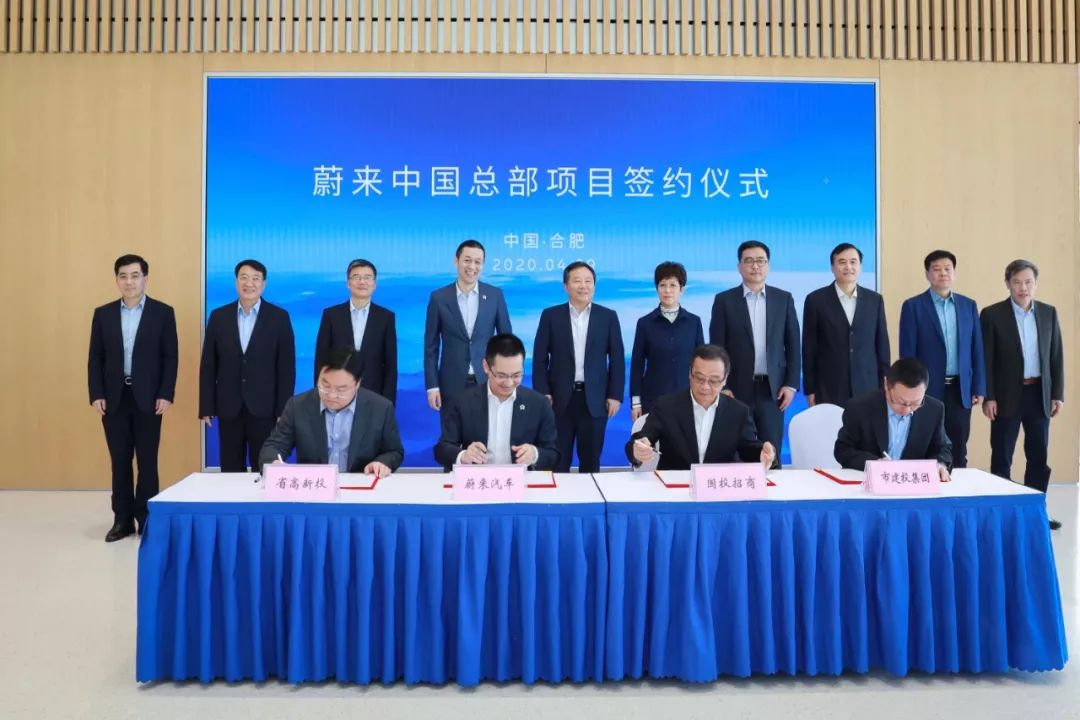
Quick Comment:
From the data, NIO’s cash flow has been in a very tight state. In Q4 2019, NIO’s net loss was CNY 2.89 billion. This means that even if NIO continues its current state of losses, after this financing, the cash flow of CNY 11.26 billion can keep NIO afloat for another 4 quarters, until Q2 next year.
However, the current NIO is not the same as the reckless NIO of the past. As can be seen from the layoffs, marketing activities, and offline store deployments, NIO has begun to spend money carefully. NIO also understands that in the current environment, every penny must be spent on the cutting edge, so daily expenseswill be reduced compared to before. On the other hand, NIO is working hard to improve the gross profit margin of vehicles, and the goal is to achieve gross profit positivity in Q2 2020, and two-digit gross profit in Q4 2020.
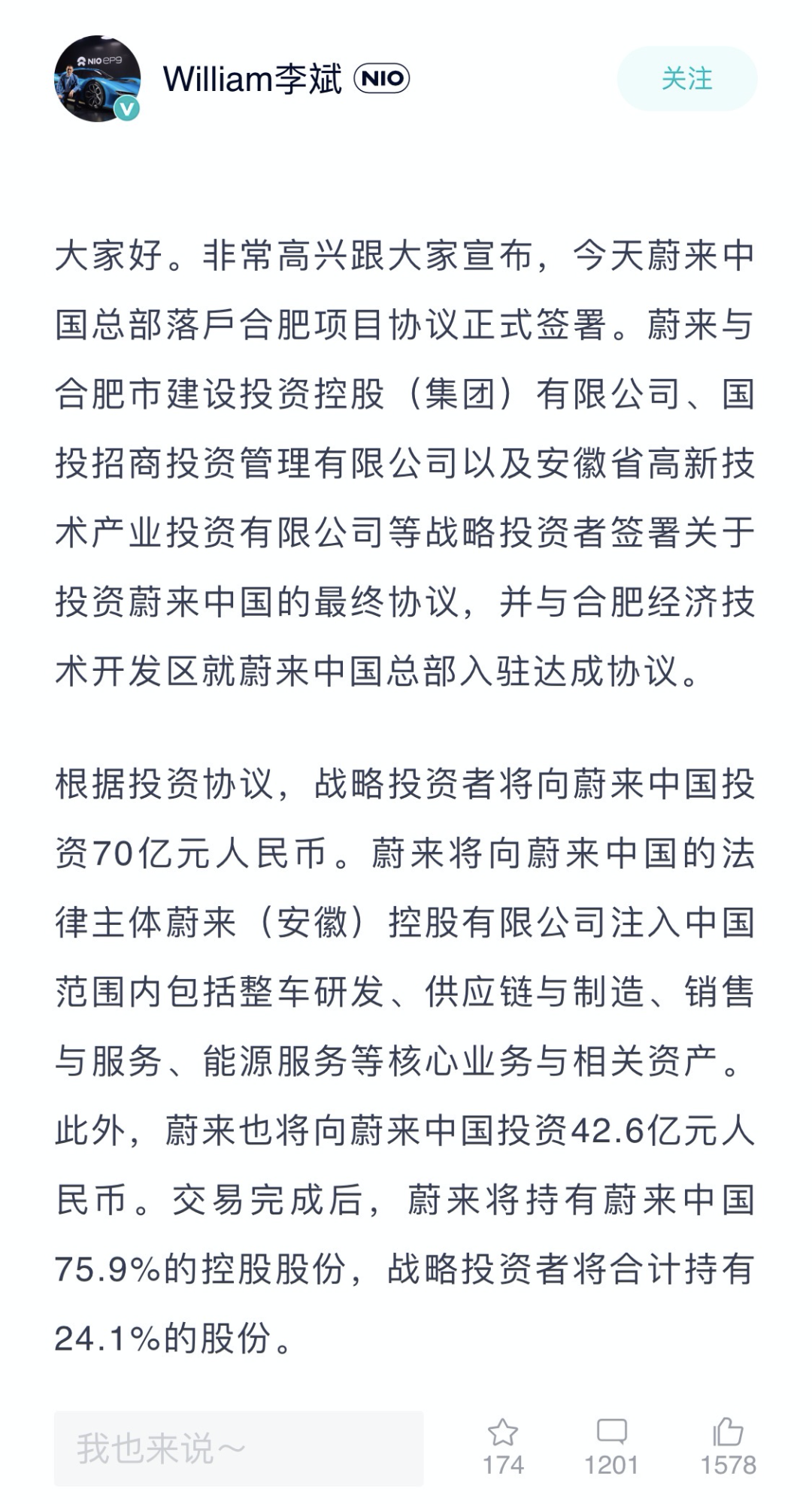 Making cars is never an easy task, and the survival of the new car-making forces still depends greatly on their ability to generate profits quickly. As for NIO, money won’t be a problem for now, but whether they can achieve a self-sustaining business model within a year and capture a larger market remains to be seen.
Making cars is never an easy task, and the survival of the new car-making forces still depends greatly on their ability to generate profits quickly. As for NIO, money won’t be a problem for now, but whether they can achieve a self-sustaining business model within a year and capture a larger market remains to be seen.
Tesla Releases Q1 2020 Financial Report
Tesla’s Q1 2020 revenue totaled $5.985 billion, with a QoQ decrease of 19% and a YoY increase of 32%. The automotive sales revenue was $5.132 billion, down 19% QoQ but up 38% YoY. Automotive sales profit was $1.311 billion, down 9% QoQ but up 75% YoY. Total gross margin was 20.6%, and vehicle gross margin was 25.5%, an increase of 3% from the last quarter. Cash and cash equivalents increased by $1.8 billion, reaching $8.1 billion.
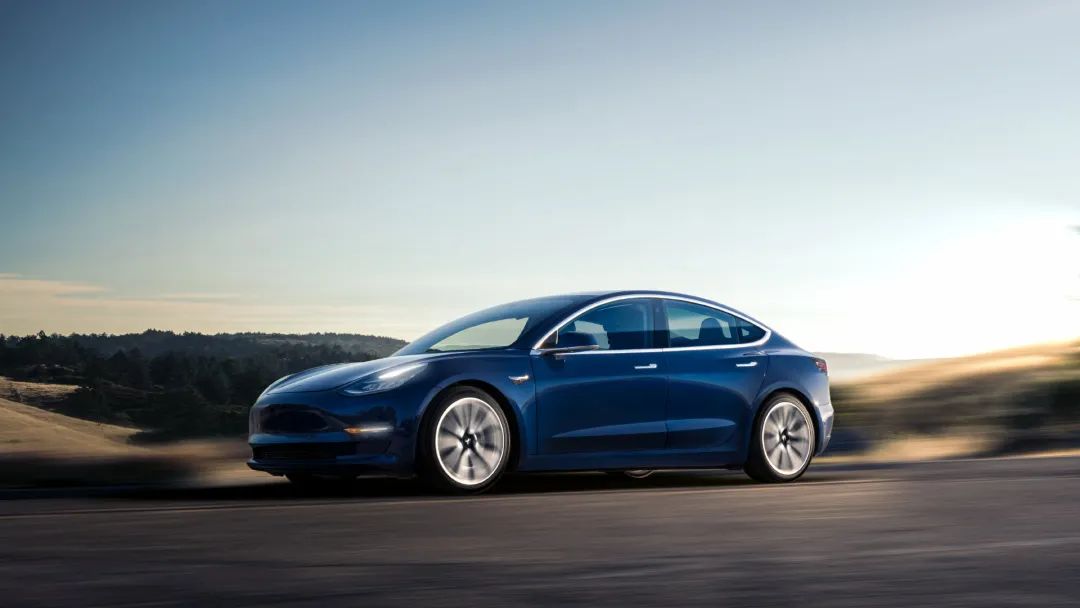
In addition, Tesla delivered a total of 88,496 vehicles in Q1 2020, including 12,230 Model S&X and 76,266 Model 3&Y. The semi truck production is expected to be delayed until 2021, and the next super factory site will be announced in the next 1-3 months. The Battery Day is expected to be held in late May.
Quick Thoughts:
The financial report revealed that Tesla’s Shanghai factory’s production rate is higher than expected, and it is expected to reach a capacity of 4,000 cars per week or an annual production capacity of 200,000 cars by mid-year 2020. The gross margin of Model 3 manufactured in the Shanghai factory has almost reached that of Fremont, and there is still room for improvement.
The Berlin factory has completed the land preparation and is about to start construction. According to the plan, Model Y will be in production in 2021. Fremont factory in the US is currently in a production pause, but Tesla’s goal for global deliveries in 2020 is still 500,000 vehicles. After production resumes, suppliers may not be able to provide the parts on time. Tesla is closely coordinating with suppliers and related authorities. Since the global delivery target remains unchanged, Tesla’s performance in the Chinese market is very important.
NIO Delivered Over 2,600 Units in April
During a recent media conference, NIO announced that the company had delivered more than 6,500 units of its model, NIO ONE, in the first four months of 2020, with over 2,600 units delivered in April alone. In many cities, the delivery volume of NIO ONE has already surpassed that of the Toyota Highlander. Currently, the satisfaction rate of NIO ONE owners is as high as 60%.
In addition, Li Xiang, the founder, mentioned at the meeting: “There is no need for the extended-range category to exist separately. No matter how we introduce the extended-range system to customers, they will ask, aren’t you just a hybrid? The more realistic problem is that our registration policy and subsidy policy all place extended-range in the hybrid category.”
Although the country initially set a unique route for extended-range, the Ministry of Industry and Information Technology still placed extended-range in plug-in hybrid. Ideally, the company has also made judgments on the market and will officially adjust its positioning to plug-in hybrid.
Quick comment:
The ideal ONE did not enjoy a price reduction due to the threshold of the 300,000 yuan new energy subsidy. The company’s strategy is to subsidize itself, maintaining the current price of 328,000 yuan. In addition, from June 1st, the company invited old car owners to come back to the store for seat hardness testing and free replacement. At the same time, the rear suspension arm assembly of vehicles produced before April 19th can be replaced for free. The fixed foot pedal, which has been mentioned many times before, will be available for sale on the official website in the third quarter.
Currently, Ideal has opened direct sales stores in 16 cities and will cover after-sales service in 100 cities by the end of the year. From the meeting, it is not difficult to see that Ideal’s expansion is still ongoing, and promises to have only Ideal ONE in the next three years, trying to enter the market by “doing a good car.”
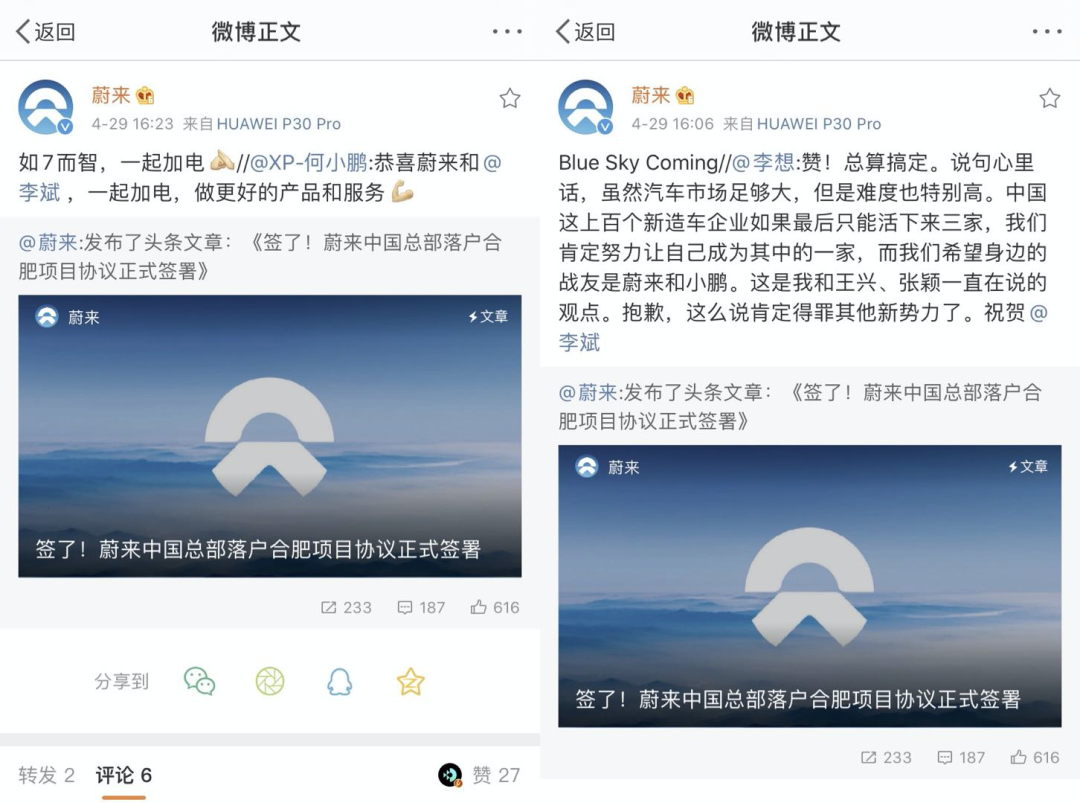
Li Xiang celebrated the signing of the financing contract with Hefei in NIO and said: “If only three of the hundreds of new car-making companies in China can survive in the end, we will certainly strive to become one of them, and we hope our comrades are NIO and XPeng.” What do you think the future pattern will be?
Written by, edited by: Changhao Lewis

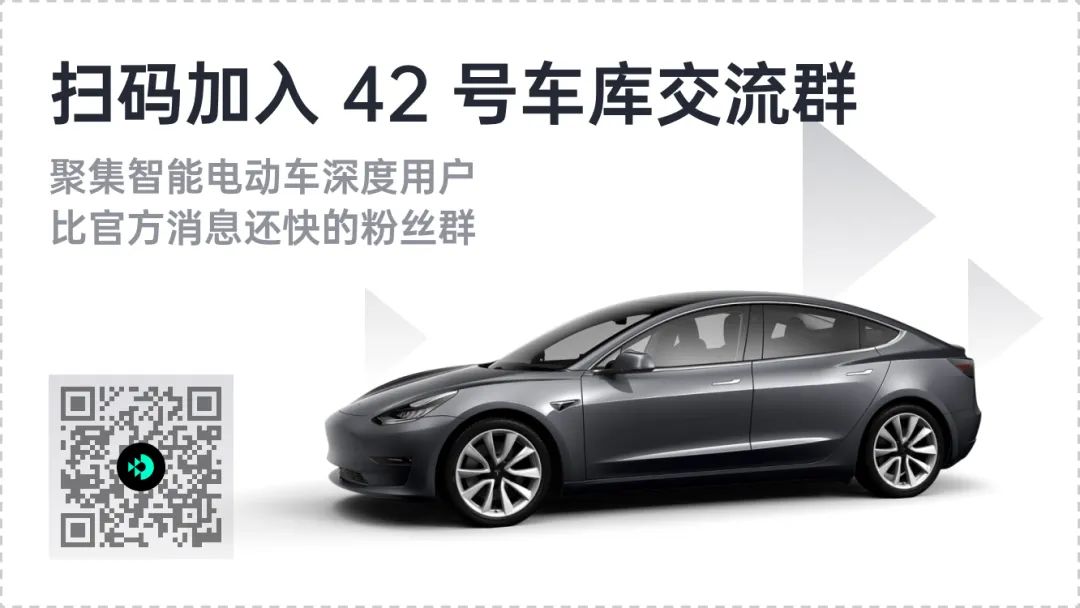
This article is a translation by ChatGPT of a Chinese report from 42HOW. If you have any questions about it, please email bd@42how.com.
